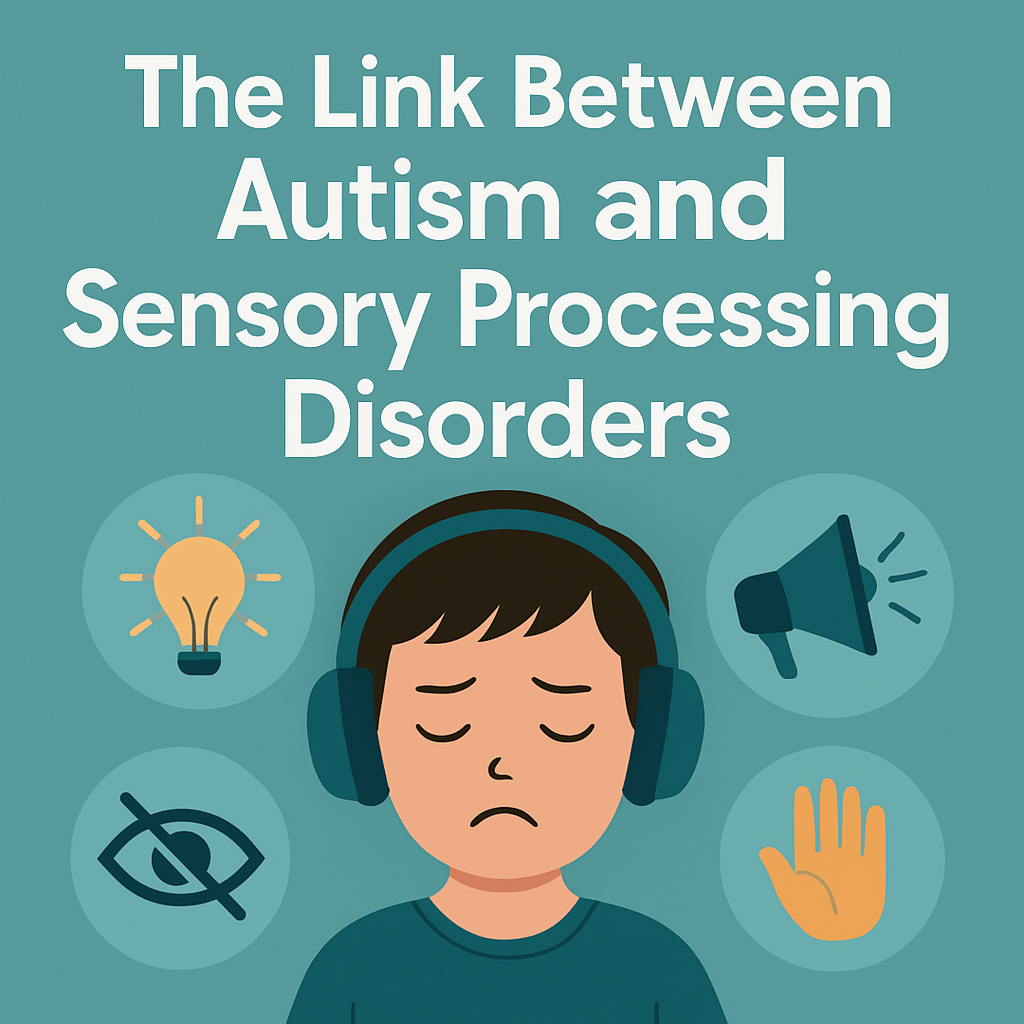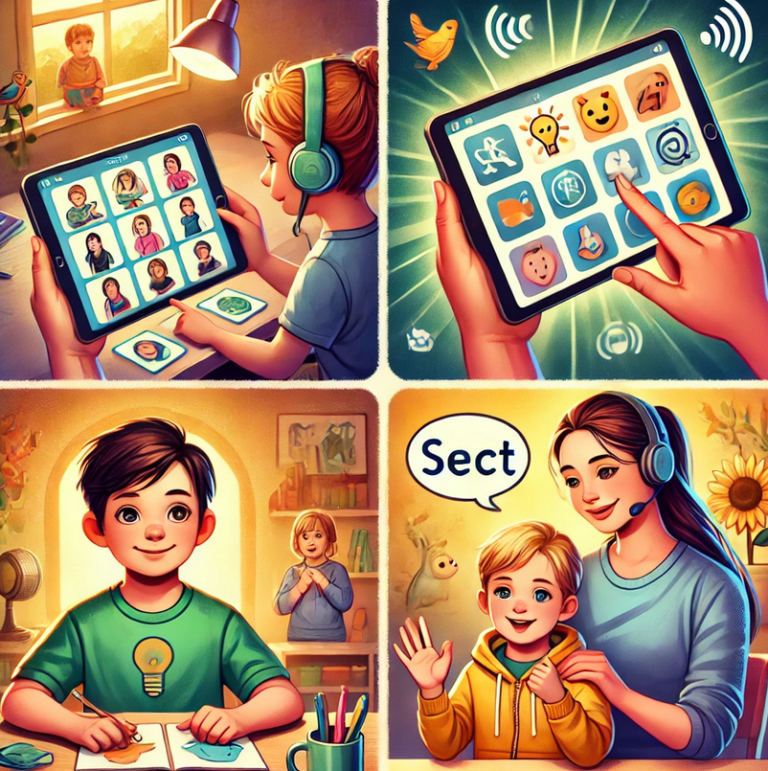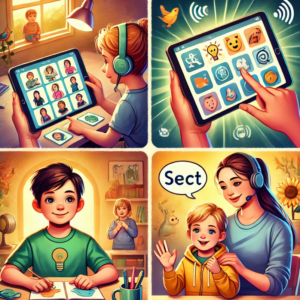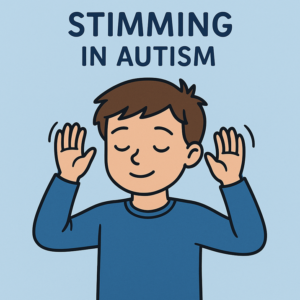The Link Between Autism and Sensory Processing Disorders is one of the most critical aspects of understanding the daily experiences of autistic individuals.
At the very core of autism lies a different way of interpreting the world, and sensory processing challenges play a central role in this interpretation. Understanding this link is essential not only for parents and caregivers but also for educators, therapists, and society as a whole.
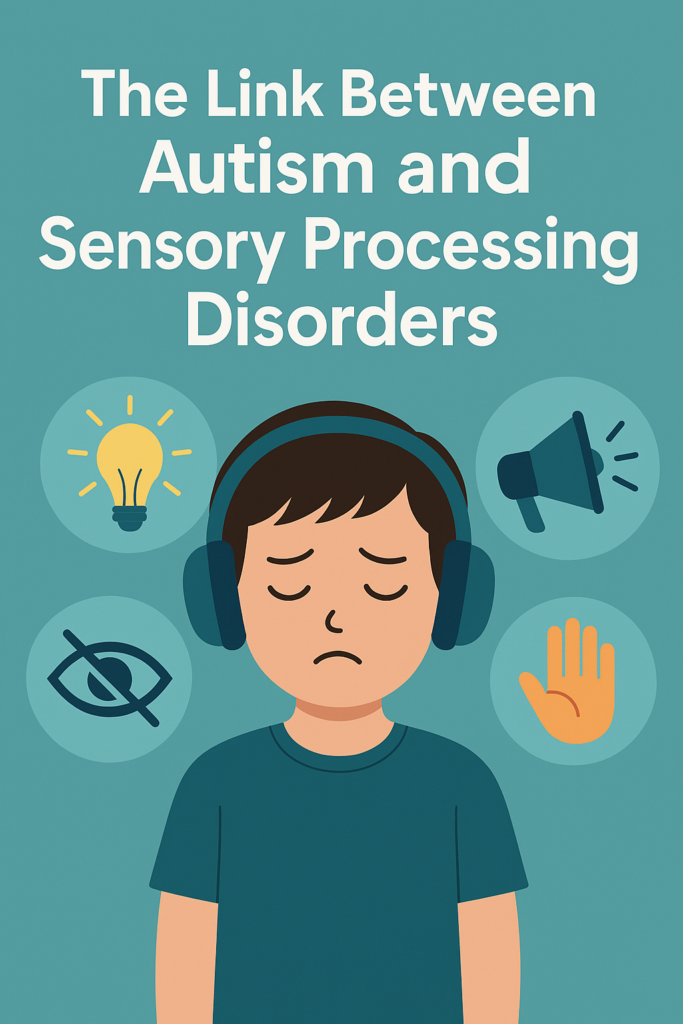
What Is Sensory Processing Disorder (SPD)?
Sensory Processing Disorder, or SPD, refers to a condition where the brain struggles to receive and respond appropriately to information that comes in through the senses. This can affect one or multiple senses—sight, sound, touch, taste, smell, balance (vestibular), or body awareness (proprioception).
While SPD can occur on its own, it is significantly more common among individuals with autism. In fact, studies show that up to 90% of autistic individuals experience some form of sensory processing difficulty, according to the STAR Institute for Sensory Processing.
How Are Autism and Sensory Processing Disorders Connected?
The link between autism and sensory processing disorders lies in the brain’s way of filtering, integrating, and reacting to sensory stimuli. Many people with autism have heightened or diminished sensitivity to sensory input. This includes:
- Hypersensitivity: Overreaction to sensory input (e.g., bright lights, loud noises, strong smells).
- Hyposensitivity: Underreaction or lack of response (e.g., not noticing pain, needing strong input to register touch).
These sensory irregularities are now officially recognized in the diagnostic criteria for autism spectrum disorder (ASD) under the DSM-5.
Common Sensory Challenges in Autism
Autistic individuals may face a wide range of sensory experiences that can impact their daily life. These may include:
Sound Sensitivity
Noises that seem tolerable to others—like a vacuum cleaner or school bell—may feel unbearably loud and lead to anxiety or meltdowns.
Visual Sensitivity
Fluorescent lights or visual clutter can be overwhelming, leading to discomfort or difficulty focusing.
Touch Sensitivity
Certain fabrics, tags on clothing, or unexpected touches may cause extreme distress or avoidance.
Smell and Taste Sensitivity
Strong food odors or specific textures may result in very selective eating habits, often mistaken for picky eating.
Balance and Movement (Vestibular)
Some autistic people may seek intense movement (spinning, jumping) or avoid it due to dizziness and fear of imbalance.
These sensory inputs can profoundly affect behavior, social interaction, and even academic performance.
Real-World Impacts of Sensory Processing Challenges
The effects of sensory processing issues in autism go beyond mere discomfort. They can impact:
- Social participation: Avoiding noisy parties or crowded malls.
- Learning: Disruptions due to distracting sensory environments in classrooms.
- Daily functioning: Resistance to hygiene tasks like brushing teeth due to tactile sensitivities.
- Mental health: Chronic sensory overload may lead to anxiety, burnout, or meltdowns.
Internal support systems like 0Autism.com offer community-driven resources for families navigating these complexities.
Diagnosing Sensory Processing Disorders in Autism
While SPD is not yet recognized as a stand-alone diagnosis in the DSM-5, it is assessed as part of autism evaluations. Occupational therapists often use tools like the Sensory Profile or Sensory Integration and Praxis Tests (SIPT) to evaluate a child’s sensory needs.
Identifying sensory issues early can lead to more personalized interventions, including tailored Individualized Education Programs (IEPs) in schools.
Therapies and Support Options
Addressing sensory challenges requires a multi-disciplinary approach. Some of the most effective interventions include:
Occupational Therapy (OT)
OTs use Sensory Integration Therapy, which gradually exposes individuals to sensory input in a controlled way to build tolerance and regulation.
Environmental Modifications
Creating sensory-friendly environments—like using noise-canceling headphones, dim lighting, or sensory corners—can significantly reduce distress.
Sensory Diets
Structured activities and routines (like swinging, brushing, or jumping) can help regulate sensory input and improve focus.
Family and School Involvement
Educating caregivers, teachers, and peers is critical. The more support an autistic individual receives, the easier it is to navigate their sensory world.
You can explore professional guidance and therapy options via trusted sites like Autism Speaks or Canada’s own Autism Canada.
Practical Tips for Caregivers and Educators
Supporting a person with autism and sensory processing disorder can be deeply rewarding, but it requires patience and proactive strategies:
- Use visual supports to communicate changes in routine.
- Offer choices for clothing or seating to accommodate sensory preferences.
- Practice sensory breaks between activities or lessons.
- Avoid punishment for meltdowns—recognize them as signs of overwhelm.
- Validate feelings and offer calming techniques like breathing exercises or compression vests.
Celebrating Sensory Uniqueness
Not all sensory differences are challenges—many autistic individuals experience deep joy and creativity through sensory experiences. Some describe “stimming” (self-stimulatory behavior like flapping or rocking) as calming and grounding.
Recognizing this unique way of experiencing the world allows for greater empathy, acceptance, and inclusion.
Final Thoughts: The Link Between Autism and Sensory Processing Disorders
Understanding the link between autism and sensory processing disorders is vital for creating environments that honor neurodiversity. Whether it’s the classroom, the workplace, or the home, supporting sensory needs isn’t just about comfort—it’s about respect, equity, and empowerment.
As awareness grows, resources and tools for support are becoming more available. Let’s continue the conversation, educate others, and help create a sensory-friendly world for all.

